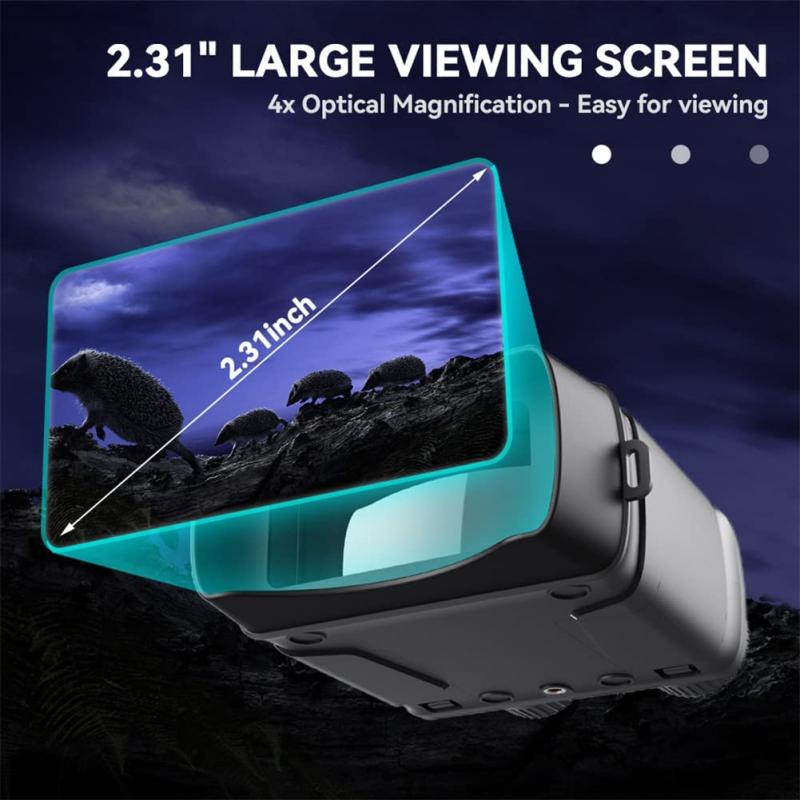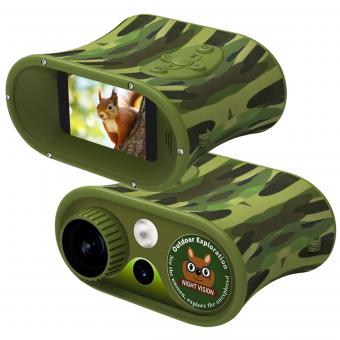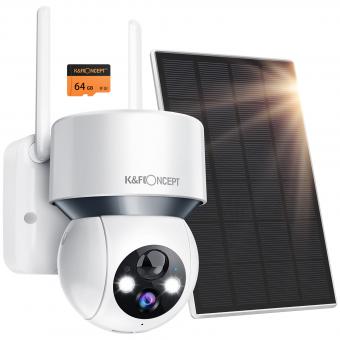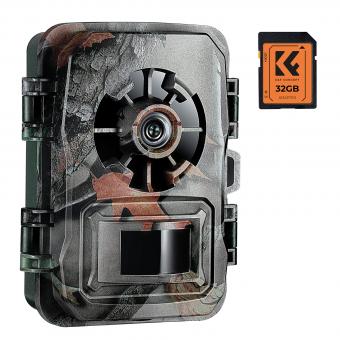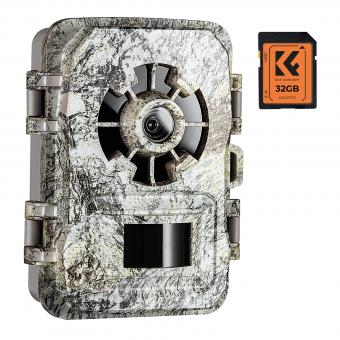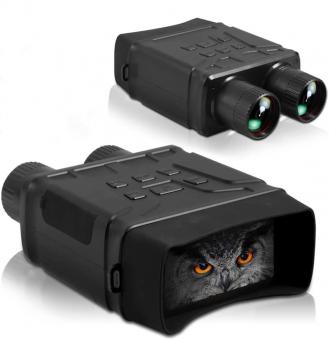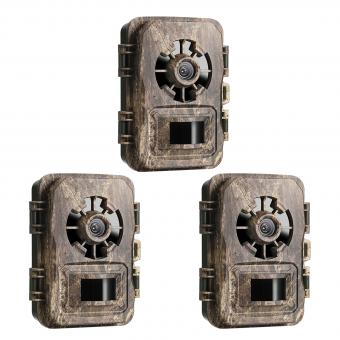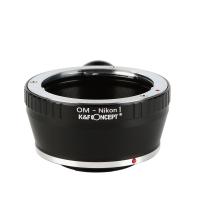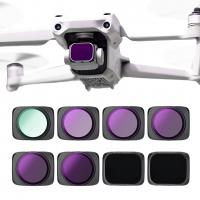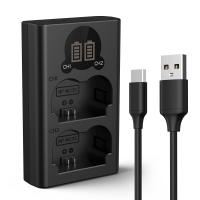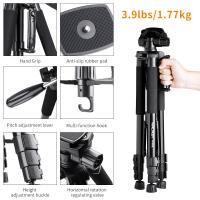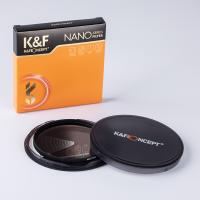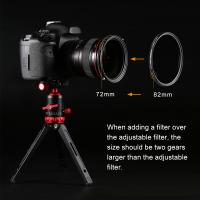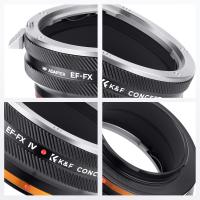How To Make Night Vision Goggles ?
Night vision goggles are complex devices that require specialized knowledge and equipment to create. The process involves several key components, including an image intensifier tube, lenses, power source, and housing. It is not recommended for individuals without expertise in electronics and optics to attempt making night vision goggles, as it can be dangerous and may not yield satisfactory results.
Instead, it is advisable to purchase night vision goggles from reputable manufacturers who specialize in producing these devices. These commercially available goggles are designed and tested to meet specific standards for performance and safety. They come in various models and price ranges, offering different features and capabilities to suit different needs.
If you are interested in learning more about night vision technology, it is recommended to consult reliable sources such as scientific journals, books, or reputable websites that provide in-depth information on the subject.
1、 Infrared Technology in Night Vision Goggles
Night vision goggles are devices that allow individuals to see in low-light or dark environments. They work by amplifying the available light or by using infrared technology. Infrared technology has become increasingly popular in night vision goggles due to its ability to provide clear images in complete darkness.
To make night vision goggles using infrared technology, several key components are required. Firstly, an infrared light source is needed to illuminate the surroundings. This light source emits infrared radiation that is invisible to the human eye but can be detected by the goggles. The light source can be built using infrared LEDs or lasers.
Next, a sensor is required to detect the infrared radiation and convert it into an electrical signal. This sensor is typically a charge-coupled device (CCD) or a complementary metal-oxide-semiconductor (CMOS) sensor. These sensors are highly sensitive to infrared light and can capture the images.
The electrical signal from the sensor is then processed by an image intensifier tube. This tube amplifies the signal and enhances the image quality. The image is then displayed on a screen or eyepiece, allowing the user to see the surroundings clearly.
In recent years, there have been advancements in infrared technology, leading to the development of more compact and efficient night vision goggles. These advancements include the use of microbolometers, which are highly sensitive thermal sensors that can detect even the slightest temperature differences. This allows for improved image quality and detection of objects in complete darkness.
Furthermore, there have been developments in the integration of artificial intelligence and machine learning algorithms into night vision goggles. These algorithms can enhance image processing, reduce noise, and improve object recognition, making the goggles more effective in various scenarios.
Overall, the use of infrared technology in night vision goggles has revolutionized the way individuals can see in the dark. With ongoing advancements, we can expect even more sophisticated and efficient night vision goggles in the future.
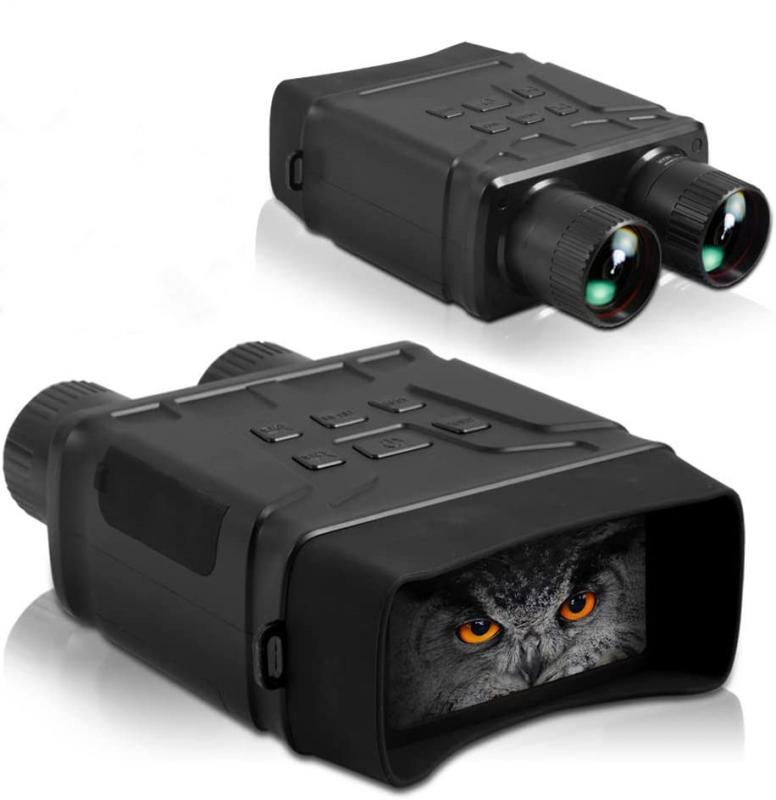
2、 Image Intensification in Night Vision Goggles
Night vision goggles are devices that allow individuals to see in low-light or dark environments. They work by amplifying the available light, including infrared light, to enhance visibility. There are two main types of night vision goggles: image intensification and thermal imaging.
Image intensification night vision goggles are the most common type and are widely used by military personnel, law enforcement agencies, and outdoor enthusiasts. These goggles work by collecting ambient light through a lens and passing it through an image intensifier tube. The tube contains a photocathode that converts photons into electrons. These electrons are then accelerated and amplified, creating a brighter image that is visible through the eyepiece.
To make night vision goggles using image intensification technology, several components are required. These include a lens to collect light, an image intensifier tube, a power source, and an eyepiece for viewing. The lens should be selected based on the desired magnification and field of view.
It is important to note that manufacturing night vision goggles requires specialized knowledge and equipment. The image intensifier tube, in particular, is a complex component that requires precise assembly and calibration. Therefore, it is not feasible for individuals to make their own night vision goggles from scratch.
In recent years, there have been advancements in night vision technology, such as the development of digital night vision goggles. These goggles use digital sensors to capture and enhance images in low-light conditions. They offer advantages such as the ability to record and transmit images, as well as improved image quality and resolution.
In conclusion, while it is not possible for individuals to make night vision goggles themselves, image intensification technology remains the most common and widely used method for night vision. Advancements in digital night vision technology continue to improve the capabilities and accessibility of night vision goggles.
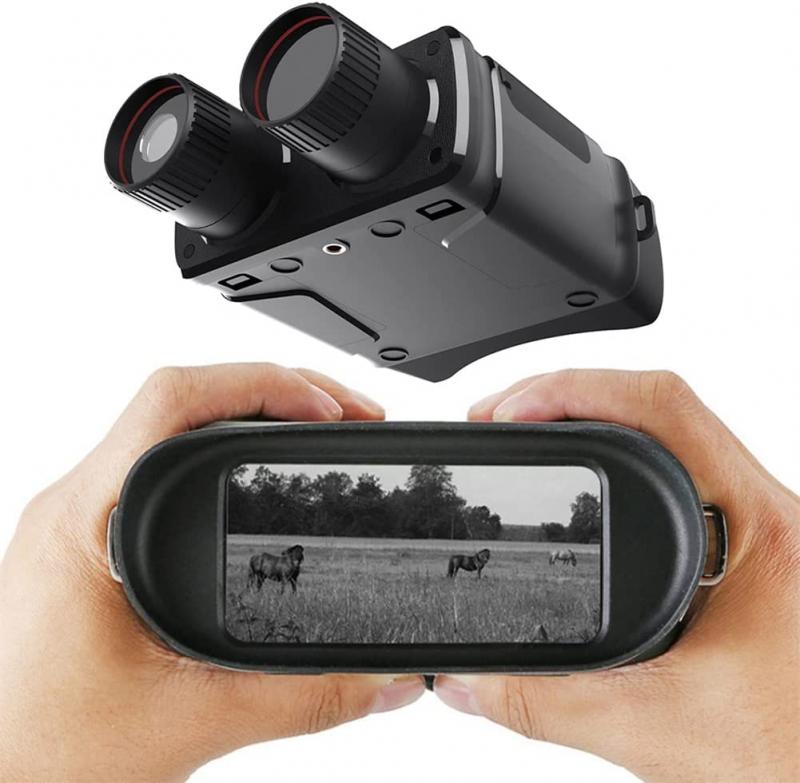
3、 Thermal Imaging in Night Vision Goggles
Thermal Imaging in Night Vision Goggles
Night vision goggles are essential tools for military personnel, law enforcement agencies, and outdoor enthusiasts. They allow users to see in low-light or no-light conditions, providing a significant advantage in various scenarios. While traditional night vision goggles rely on amplifying available light, thermal imaging technology has revolutionized the field.
Thermal imaging in night vision goggles works by detecting the heat emitted by objects and converting it into a visible image. This technology is based on the principle that all objects emit infrared radiation, even in complete darkness. The goggles use a special sensor called a microbolometer to detect this radiation and create a thermal image.
To make night vision goggles with thermal imaging capabilities, several components are required. Firstly, a microbolometer sensor is needed to detect the infrared radiation. This sensor is typically made from a special material that changes its electrical resistance based on temperature. The sensor is then connected to a signal processing unit, which converts the electrical signals into a visible image.
Additionally, a display unit is necessary to view the thermal image. This can be an LCD screen or an eyepiece that allows the user to see the image in real-time. The goggles also require a power source, such as batteries, to operate the sensor and display unit.
It is important to note that creating night vision goggles with thermal imaging capabilities is a complex process that requires specialized knowledge and equipment. It is not a DIY project that can be easily undertaken by individuals without the necessary expertise.
In recent years, there have been significant advancements in thermal imaging technology, leading to improved image quality, increased range, and reduced size and weight of night vision goggles. These advancements have made thermal imaging a valuable tool in various fields, including search and rescue operations, surveillance, and wildlife observation.
In conclusion, thermal imaging technology has greatly enhanced the capabilities of night vision goggles. By detecting the heat emitted by objects, these goggles provide users with the ability to see in complete darkness. However, creating night vision goggles with thermal imaging capabilities is a complex process that requires specialized knowledge and equipment.
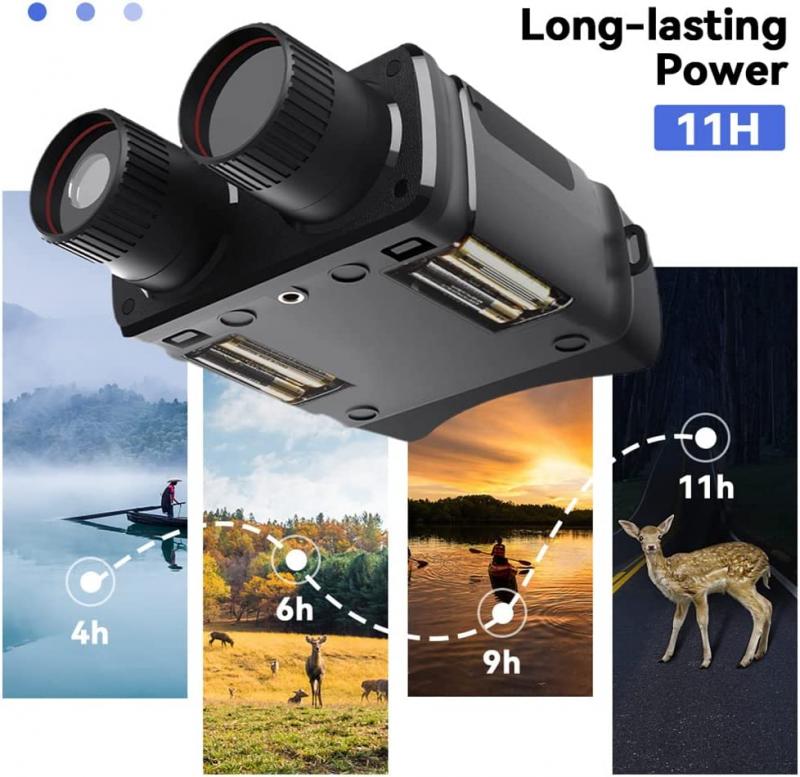
4、 Generation Types of Night Vision Goggles
Generation Types of Night Vision Goggles
Night vision goggles are optical devices that allow users to see in low-light or dark environments. They work by amplifying the available light, including infrared light, to provide enhanced visibility. Over the years, night vision technology has evolved, resulting in different generations of night vision goggles. Here, we will discuss the generation types of night vision goggles and their characteristics.
1. Generation 1 (Gen 1): This is the earliest and most basic type of night vision technology. Gen 1 goggles amplify ambient light by a factor of 1,000 to 2,000 times. They are affordable and widely available, making them popular among civilians. However, they have limited range and image quality, and the image may appear grainy or distorted.
2. Generation 2 (Gen 2): Gen 2 goggles offer improved performance compared to Gen 1. They use a more sensitive photocathode and have a higher signal-to-noise ratio, resulting in better image quality and increased range. Gen 2 goggles are commonly used by law enforcement and the military.
3. Generation 3 (Gen 3): Gen 3 goggles represent a significant advancement in night vision technology. They use gallium arsenide photocathodes, which provide even better image quality, range, and low-light performance. Gen 3 goggles are widely used by military personnel and law enforcement agencies.
4. Generation 4 (Gen 4): Gen 4 goggles are the latest development in night vision technology. They offer further improvements in image quality, resolution, and sensitivity. Gen 4 goggles often incorporate auto-gating technology, which protects the device from damage caused by bright light sources. However, Gen 4 goggles are currently primarily used by military and special operations forces due to their high cost.
It is important to note that the manufacturing of night vision goggles requires specialized knowledge and equipment. Attempting to make night vision goggles at home is not recommended and may be illegal in some jurisdictions. It is best to purchase night vision goggles from reputable manufacturers or authorized dealers to ensure quality and compliance with regulations.
